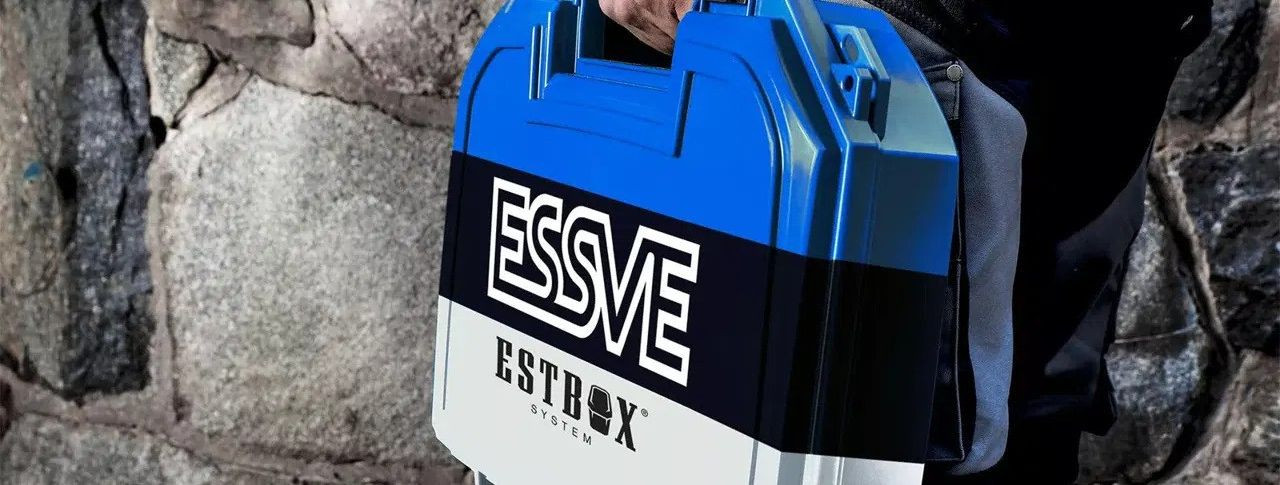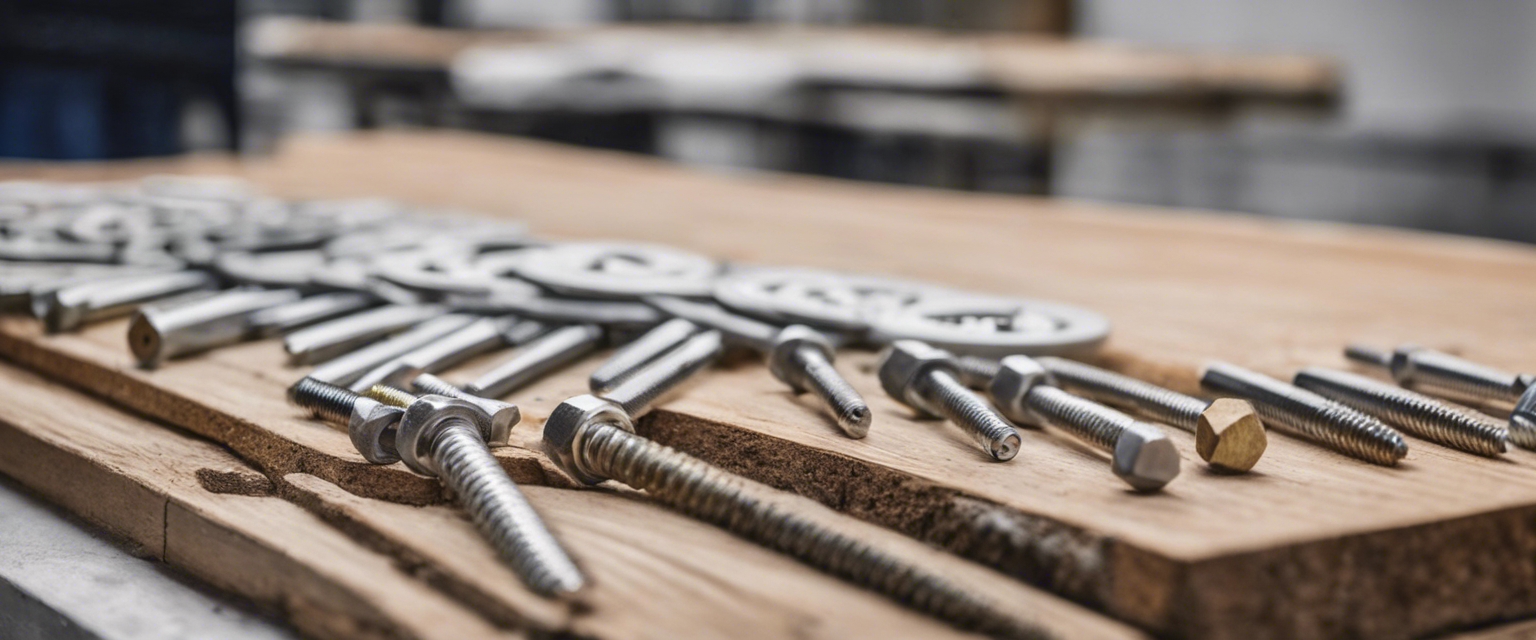The ultimate guide to choosing the right fasteners for wood construction
Choosing the right fasteners for wood construction is crucial for ensuring structural integrity, longevity, and safety. The right fastener not only holds components together but also accommodates the natural movement of wood, resists environmental stresses, and meets the demands of the design.
Wood fasteners include a wide range of nails, screws, bolts, and specialty connectors. Each type has specific applications and advantages that make it suitable for particular construction scenarios.
Factors to Consider When Choosing Fasteners
Fasteners must be compatible with the wood species and any other materials they will contact to prevent chemical reactions and ensure a secure connection.
Consider the climate and exposure to elements. Fasteners used in outdoor or humid environments should have enhanced corrosion resistance.
Fasteners must be selected based on the load they will bear, including static loads, dynamic loads, and potential impact forces.
The density and grain of the wood can affect fastener choice. Softer woods may require different fasteners than harder woods.
The size and length of the fastener must be appropriate for the materials being joined to ensure proper penetration and holding power.
Fasteners should have a protective coating or be made of materials that resist corrosion, especially in harsh weather conditions.
Adherence to local building codes and standards is mandatory, and fasteners must meet specified requirements for construction projects.
Types of Fasteners for Wood Construction
Nails are the most common fasteners used in wood construction, available in various sizes and types for different applications.
Screws provide stronger holding power than nails and are available in many types, including wood screws, structural screws, and composite deck screws.
These are used for heavy-duty connections and are often accompanied by connectors or plates to distribute the load.
Specialized metal connectors and joist hangers provide a strong connection between structural elements and are essential for certain types of framing and load-bearing applications.
While not fasteners in the traditional sense, adhesives and sealants can be used in conjunction with mechanical fasteners to enhance the bond between wood components.
Installation Tips and Best Practices
Pre-drilling helps prevent wood splitting and allows for easier insertion of screws and bolts.
Correct spacing of fasteners is important to ensure even distribution of loads and to prevent wood distortion.
Using the appropriate tools for installation ensures that fasteners are driven correctly and securely.
Consistency in fastener placement and depth contributes to the structural integrity and aesthetic of the construction.
Regular inspection of fasteners and connections is essential for maintaining the safety and longevity of the structure.







Comments (0)